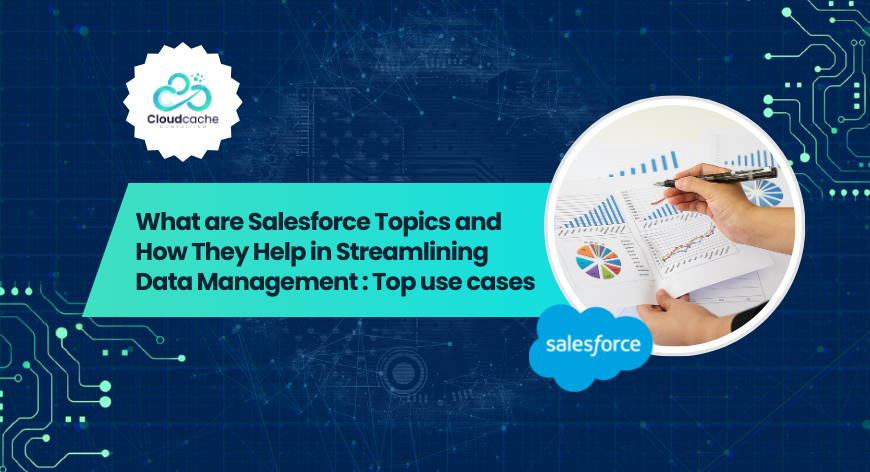
What are Salesforce Topics and How They Help in Streamlining Data Management: Top Use Cases
At some point, most Salesforce orgs reach the same problem: every time someone needs a way to group or find records, the solution is “add another field.” A handful of one-off fields soon turns into a cluttered layout and inconsistent data. Topics offer a cleaner option. They act like business-focused hashtags that work across objects — you can tag a Campaign, an Opportunity, and a Case with the same label and instantly see the connection. Topics let teams add context without changing the data model, reduce back-and-forth with admins, and make discovery faster. The sections that follow show five practical ways to use Topics — straightforward, applied patterns you can test in your org without a major overhaul.
What Are Salesforce Topics?
Salesforce Topics are like digital tags or labels that can be added to records. Topics are labels you attach to records so they can be grouped together in a logical way. Unlike fields, they aren’t tied to one object or one record type. You can add the same Topic across Leads, Opportunities, Campaigns, or even custom objects.
Here’s what Topics make possible:
- Categorize records by business theme or project
- Easily find related records by clicking on a Topic
- Discover internal conversations (especially if you use Chatter)
- Tag records quickly, even while viewing them
How to Enable Topics in Salesforce
Topics are often enabled by default for standard Salesforce objects like Accounts and Contacts. However, for custom objects or if they’re not already active, here’s how to enable them:
- Go to Setup
- Find and Click on the Topics for Objects option
- Choose the object you want to enable Topics for
- Tick the checkbox labeled "Enable Topics"
- Choose which text fields should suggest Topics
- Click Save
After enabling Topics, you’ll also want to add the Topics component to the page layout of your records using the Lightning App Builder.
Now Let’s Dive into 5 Powerful Use Cases
Categorize Records by Business Initiatives
Not every classification fits neatly into a dropdown menu. When you’re running a large initiative, it usually touches multiple departments. For example, a “2025 Product Launch”
This campaign may involve:
- Marketing Campaign records
- Sales Opportunities
- Lead data
Instead of creating a custom field on each of these objects, you can simply apply the Topic “2025 Product Launch” to each related record. This groups them together virtually. Later, clicking on this Topic will show all records tagged with it—even across different objects.
This is very helpful when multiple teams are involved in the same initiative. It keeps your system clean while still connecting the dots.
Improve Record Search and Discoverability
Sometimes Salesforce Search gives you too many results. Sometimes, it misses what you’re looking for. Topics offer a better way to narrow things down.
Let’s say your sales team uses the Topic "Upsell Opportunities" to identify deals that have a high chance of additional product sales. Rather than search each record manually or rely on guessing the right field, a user can:
- Go to Global Search
- Type “Upsell Opportunities”
- Click on the Topic result
- View all records tagged with this Topic
Support Internal Training and Quality Assurance (QA)
Admins often hear the phrase “Can we just add a field for this?” Topics help you avoid field overload by allowing internal tagging instead.
For instance, your support team could use Topics like:
- “Training Example” – to mark cases that are good for agent onboarding
- “Known Issue” – to tag problems that already have solutions
These tags don’t need to be visible to customers. They’re meant for internal collaboration, coaching, and better team performance.
Over time, your team builds a helpful archive of examples, best practices, and frequent issues—without cluttering the data model.
Make Collaboration Smoother with Chatter
If your organization uses Chatter, Topics can help link conversations across records. When you add a Topic in Chatter:
- Others can click it to view all posts and records with the same Topic
- Users get notified about related content they might not have seen otherwise
- Anyone who clicks the Topic can quickly catch up on every related update, no matter where it was posted.
Even if your org doesn’t lean heavily on Chatter, Topics still add context and help users find connections across the system.
Organize Internal Tags Without Changing Your Data Model
Many times, users want to group data for temporary reasons—maybe to track a special review, highlight customer feedback, or tag demo-ready records. Instead of adding new custom fields (which slows down your org), Topics give you a quick and clean alternative.
Example Topics might include:
- “Demo Ready” – for product demos
- “Q2 Review” – for quarterly reviews
- “Customer Feedback” – for records with useful client notes
The point is, users get the flexibility they need while admins keep the system simple. No more endless picklists or abandoned custom fields.
Can You Report on Topics in Salesforce?
Yes, you can—but it’s a bit limited.
To report on Topics:
Go to Report Types in Setup
Create a custom report using either:
Topic (shows all Topics used)
Topic Assignment (shows which records are tagged with which Topics)
For example, if you want to see how many Opportunities are tagged with “2025 Product Launch”:
Use the Topic Assignment object
Filter by the Record Key Prefix (e.g., “006” for Opportunities)
Final words
Topics won’t replace thoughtful data design or automation. What they will do is stop small classification problems from becoming maintenance headaches. The real benefit comes when you use Topics with intent: pick a narrow pilot, agree on simple naming rules, add the Topics component to the pages users actually open, and schedule a regular tidy-up of stale labels. Do that and Topics become a reliable, low-effort way to connect people and records across teams. If you’d like, I can draft a short rollout checklist and a concise naming convention you can use to pilot Topics in your org.
CloudCache Consulting can help you implement these with the help of its rich Salesforce Professional Resources library. We have big pool of happy clients , check our happy clients reviews on Upwork.
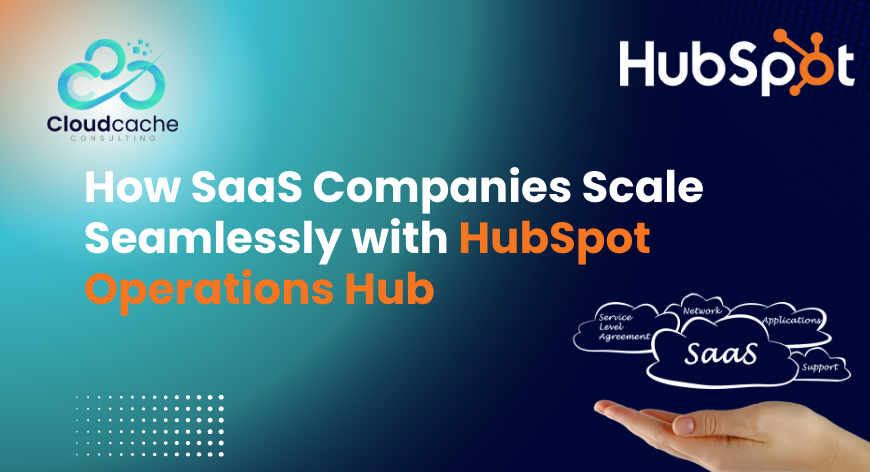
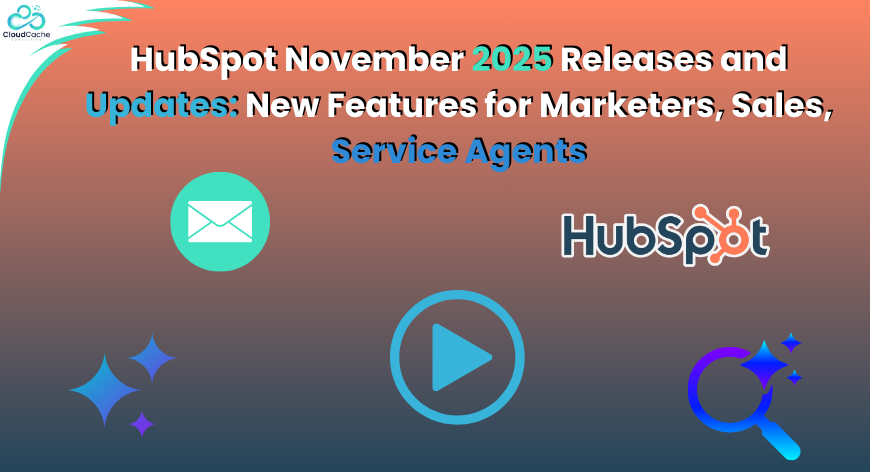

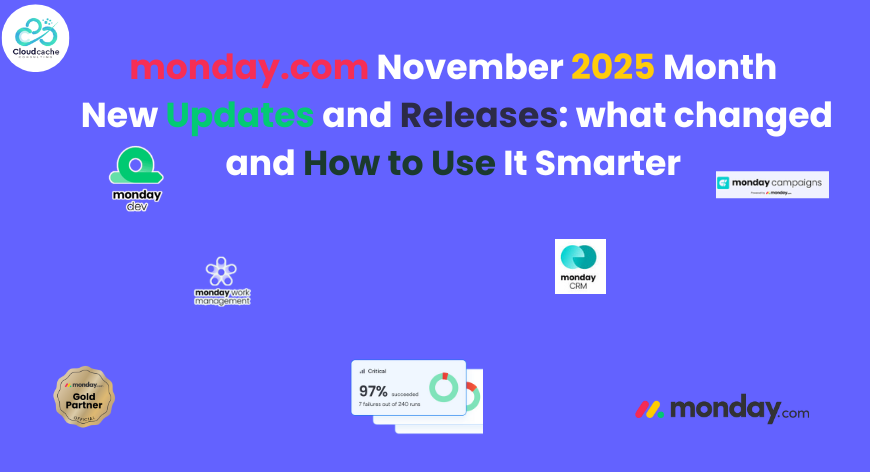

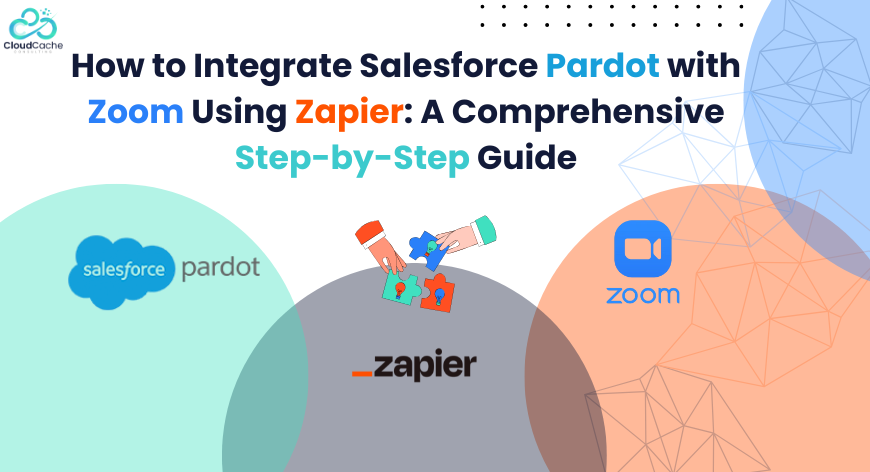
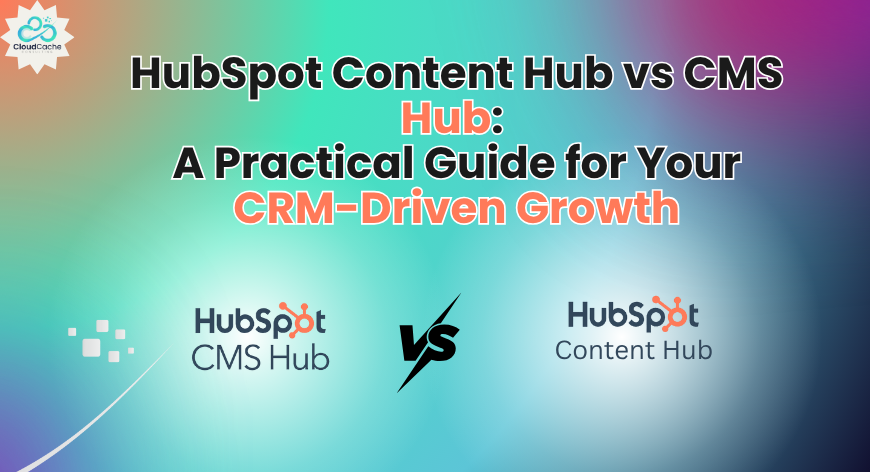
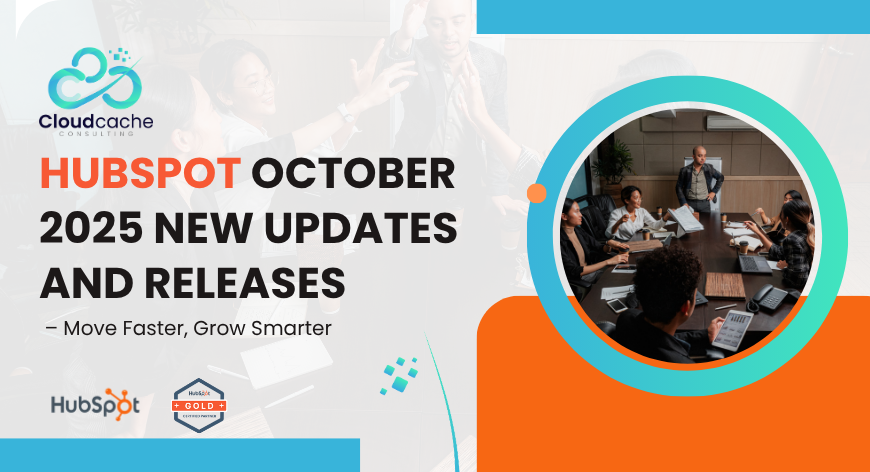
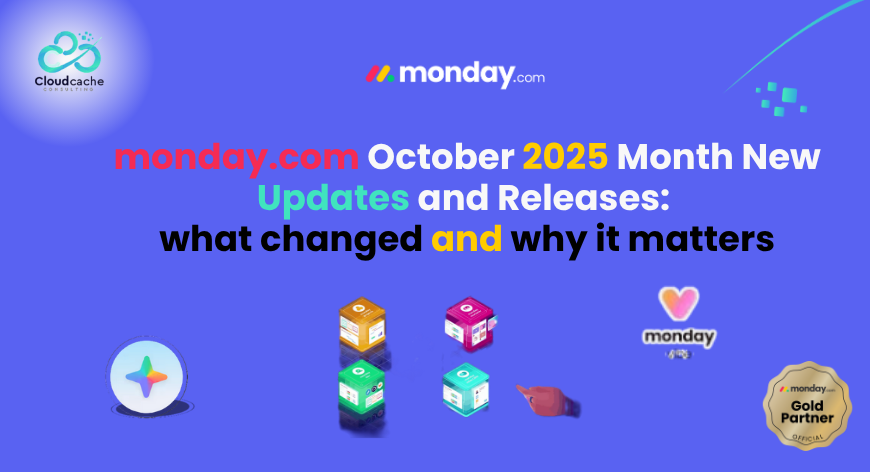


Leave a Reply
Your email address will not be published.